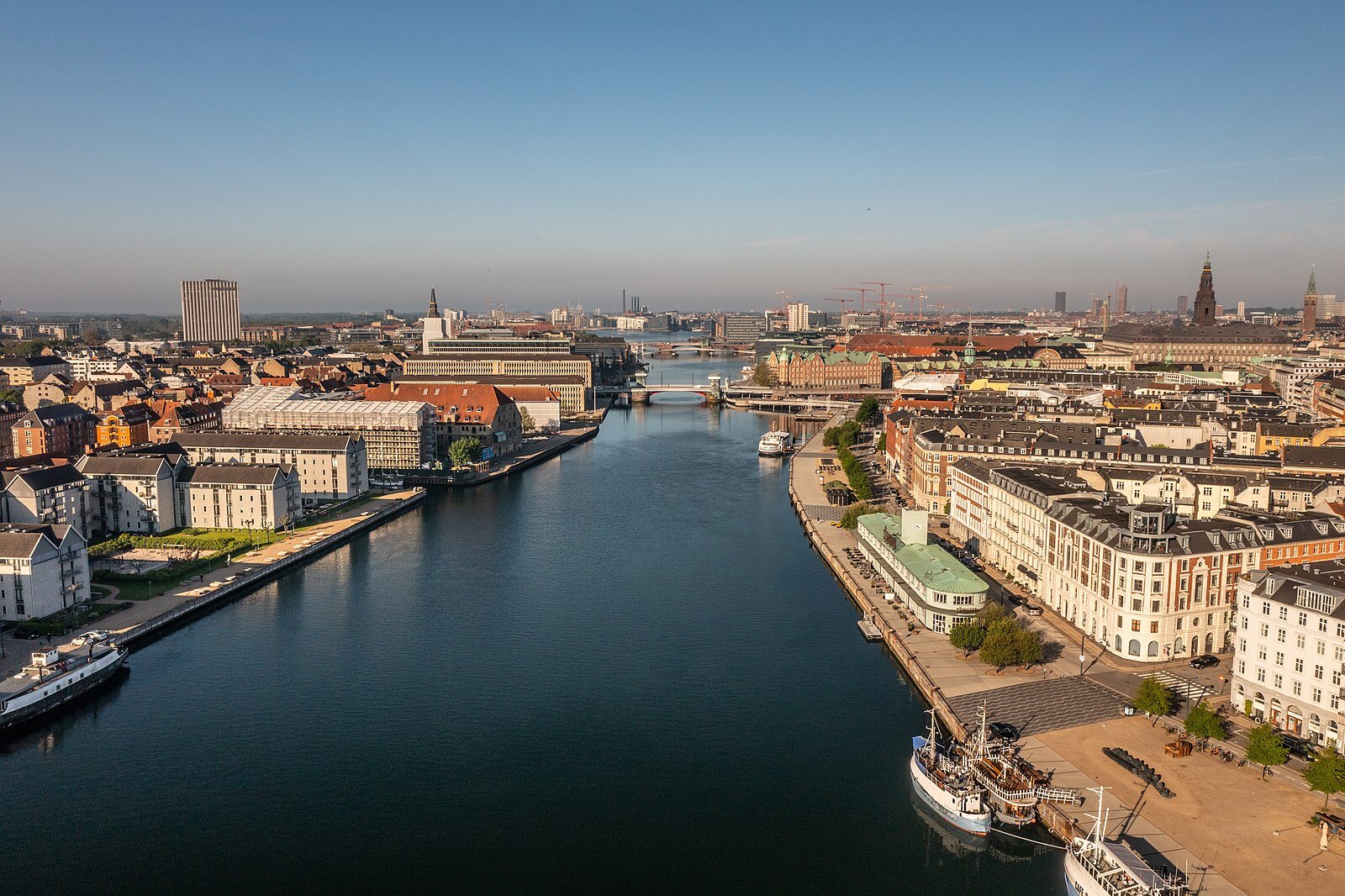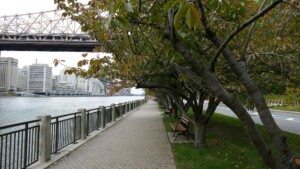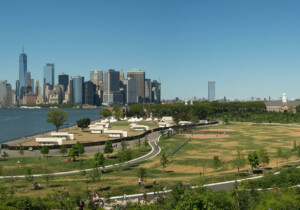In a vote of 85-to-12 earlier this month, Danish lawmakers greenlit the construction of a one-square-mile barrier island in Copenhagen Harbor to protect the city from storm surges and rising sea levels. Known as Lynetteholm, the $3.2 billion land reclamation project will require close to 90 million tons of soil—a figure that has raised serious concerns among several environmental groups.
Denmark’s status as one of the world’s lowest-lying nations (its average elevation is just over 100 feet above sea level) has prompted Danish authorities to explore a wide variety of measures to curb the effects of climate change on the country’s landmass, economy, and people. For the capital city of Copenhagen, a barrier island with a high-tech dam system promises to mitigate the threat posed by increasingly high and frequent storm surges.
The island will double as a residential and business district housing 35,000 people, with infrastructural connections to the rest of the city via a metro line, tunnels, and a ring road. Construction will be led by the Copenhagen-based development company By & Havn (City & Port), with initial designs jointly executed by the Danish firms COWI, Arkitema, and Tredje Natur.

Lynetteholm is the largest development in Copenhagen’s history and one of the largest construction projects ever pursued in Denmark. The potential ecological harm caused by the island, particularly through the movement of sediments and its overall impact on water quality, have pushed environmental groups to question the government’s cost-benefit analysis. As reported in EuroNews, some have gone so far as to accuse the government of greenwashing by focusing solely on the project’s ostensible flood mitigation benefits.
Activists are also warning of the possible environmental and quality-of-life impact of the estimated 350 daily lorry trips that will be needed to move soil and other raw materials from Danish construction sites to the barrier island. Concerns over how the construction process will affect daily life in the capital for the next several decades have turned many Copenhagen residents against the parliament’s decision. Environmental groups have already taken legal action against the Lynetteholm development in the European Court of Justice, but it is unclear whether such action will be effective in delaying or canceling the project altogether.
If the lawsuit is unsuccessful, work on Lynetteholm is set to begin later this year. The sheer scale of the project, however, will likely lead to a drawn-out construction schedule, with foundations to be in place by 2035 and full completion expected as late as 2070. Whether Lynetteholm will be too little, too late in the way of saving Copenhagen from rising seas depends on a multitude of factors that are out of the control of the Danish government alone.











